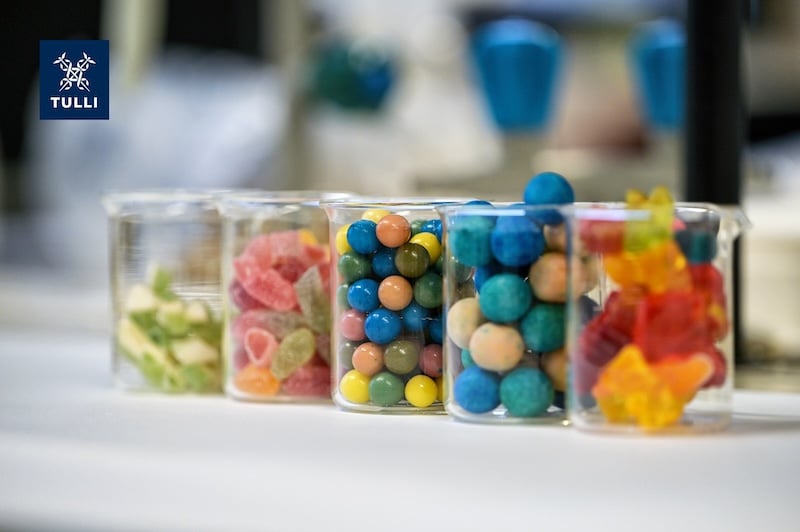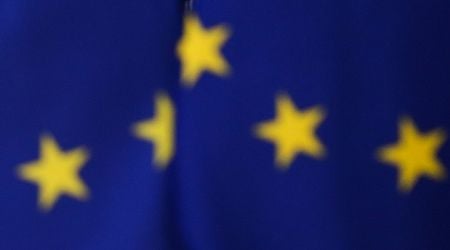“Our findings indicate that non-EU manufacturers may still use colourings banned in the EU. It is crucial to be vigilant when importing such products.”
The banned substance is not an isolated issue. Last year, Customs identified titanium dioxide in a Mexican candy ball and a Chinese lollipop, both of which were barred from entering the Finnish market.
Customs monitors imported sweets by comparing detected additives with the declared ingredients on packaging. Laboratory analyses are conducted to verify the colours and their concentrations, according to Sanna Henttonen, a Customs Laboratory chemist.
This year, Customs has inspected nearly 100 imported confectionery products. By mid-October, approximately 30% received warnings or were rejected outright, a notable improvement from the 60% rate of violations recorded in the previous two years. Most issues involve food additives and incorrect packaging labels.
Customs also flagged several candy-toy combinations this year, which pose a choking risk. Among these were four candy lipsticks that were removed from the market. Savander highlighted the dangers of such products, which have also been banned in other EU countries. “Candy-toy combinations can be extremely hazardous,” she said.
Customs has tested a variety of imported sweets this year, including milk, dark, and filled chocolates; sugared items such as candy-coated sweets and sprinkles; candy bars; soft and hard candies; gelatin-based confections; chewing gum; halva; marshmallows; and nut pastes. These products were sourced from both EU countries and non-EU regions such as Asia, North America, and South America.
The agency evaluates food additives, aromas, and enzymes that affect a product’s shelf life, taste, appearance, or texture. The use and quantities of additives are strictly regulated under EU law. Customs also ensures compliance with food packaging regulations. All inspections are conducted at the Customs Laboratory, focusing on safety and adherence to standards.
HT



































